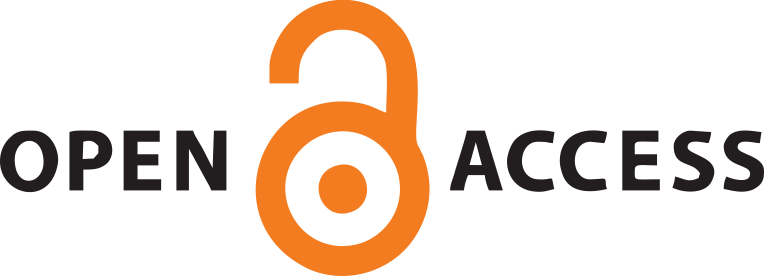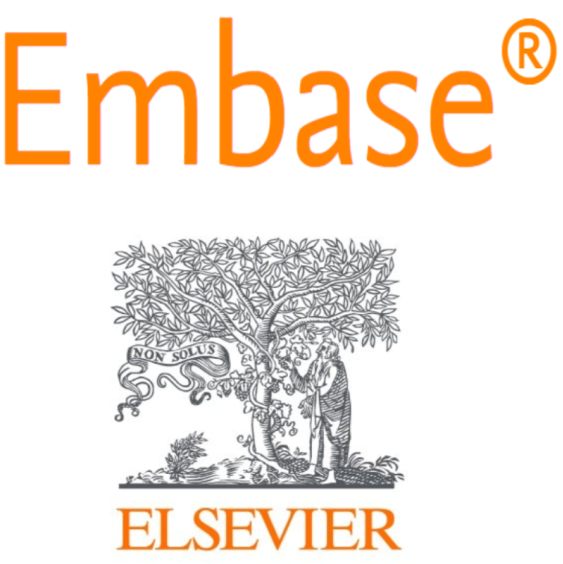COVID-19 Vaccines Coverage in Afghanistan: a descriptive analysis of secondary data from DHIS2
DOI:
https://doi.org/10.56101/rimj.v3i2.95Keywords:
Afghanistan, Coverage, COVID-19, VaccinationAbstract
Background: Mass immunization is an economical and effective way to control the pandemic of COVID-19. Afghanistan started its first COVID-19 vaccination campaign at the national level in February 2021. Upon initiation, 10 target groups have been given priority to get vaccinated. This study focuses on a descriptive analysis of COVID-19 vaccination coverage at the national level.
Methods: This is a descriptive secondary data analysis of COVID-19 vaccination coverage from all 34 provinces of Afghanistan from February 2021 to June 2022. All data analyzed in this study were extracted from the District Health Information System 2 (DHIS2), National EPI’s database for tracking EPI indicators, and analyzed using Epi Info V.7.2.1.
Results: Since the launch of the COVID-19 vaccination, 33% of the population in Afghanistan has received at least one dose of the COVID-19 vaccine, among which 26% are fully immunized. The coverage accounts for 13% of the total population in the country. Among the immunized population, 48% are female and 52% are male. At the provincial level, Kabul is the top-performing province with 54% of the target population, followed by Kandahar with 43%. Zabul and Nuristan had the lowest vaccination coverage of the target population, with only 5% vaccinated. Among administered vaccines, Johnson & Johnson are administered widely (67%), followed by Sinopharm (18%) and AstraZeneca (15%).
Conclusion: Vaccine coverage for all categories is lower than expected, with a higher interest in one-dose regimen vaccines. The low coverage shows a low demand for vaccine uptake. Provinces with lower coverage could undertake extended campaigns to maintain and enhance the coverage of vaccination. There is a demand for interventions to improve public awareness about COVID-19 as well. Furthermore, advocacy for full vaccination is required.
References
Velavan TP, Meyer CG. The COVID‐19 epidemic. Tropical medicine & international health. 2020 Mar;25(3): 278.Lipsitch M, Dean NE. Understanding COVID-19 vaccine efficacy. Science. 2020 Nov 13;370[6518]:763-5.
Lipsitch M, Dean NE. Understanding COVID-19 vaccine efficacy. Science. 2020 Nov 13;370[6518]:763-5.
World Health Organization (WHO) [Internet]. COVID. [cited 2023Feb2]. Available from: https://covid19.trackvaccines.org/agency/who/
Machingaidze S, Wiysonge CS. Understanding COVID-19 vaccine hesitancy. Nature Medicine. 2021 Aug;27[8]:1338-9.
Lazarus, J. V., Wyka, K., White, T. M., Picchio, C. A., Gostin, L. O., Larson, H. J., Rabin, K., Ratzan, S. C., & Kamarulzaman, A. (2023). A survey of COVID-19 vaccine acceptance across 23 countries in 2022. Nature Medicine, 29(2), 366-375.
Wardak MF, Rahimi A, Ahmadi A, Madadi S, Arif S, Nikbin AM, Nazari GA, Azizi AT, Mousavi SH, Lucero-Prisno DE. COVID-19 Vaccination Efforts: Is Afghanistan Prepared? Am J Trop Med Hyg. 2021 Aug 31;105[5]:1137-1140.
EMRO W, Afghanistan, receives a second shipment of COVID-19 vaccines through the COVAX facility [Internet]. World Health Organization. World Health Organization; Available from: https://www.emro.who.int/afg/afghanistan-news/afghanistan-receives-second-shipment-of-COVID-19-vaccines-through-the-covax-facility.html
World population dashboard -Afghanistan [Internet]. United Nations Population Fund. [cited 2023Feb12]. Available from: https://www.unfpa.org/data/world-population/AF
Moph Data Warehouse. [cited 2023Feb12]. Available from: https://moph-dw.gov.af/dhis-web-commons/security/login.action
Home [Internet]. DHIS2. 2023 [cited 2023Feb15]. Available from: https://dhis2.org/
Sahay S, Rashidian A, Doctor HV. Challenges and opportunities of using DHIS2 to strengthen health information systems in the Eastern Mediterranean Region: A regional approach. The Electronic Journal of Information Systems in Developing Countries. 2020 Jan;86(1): e12108.
Nemat A, Bahez A, Salih M, Raufi N, Noor NA, Essar MY, Ehsan E, Asady A. Public willingness and hesitancy to take the COVID-19 vaccine in Afghanistan. The American Journal of Tropical Medicine and Hygiene. 2021 Sep;105(3):713.
Nemat A, Yaftali S, Danishmand TJ, Nemat H, Raufi N, Asady A. High rates of COVID-19 vaccine refusal among Afghan pregnant women: A cross-sectional study. Scientific Reports. 2022 Aug 18;12(1):14057.
Borriello A, Master D, Pellegrini A, Rose JM. Preferences for a COVID-19 vaccine in Australia. Vaccine. 2021 Jan 15;39(3):473-9.
Holder J. Tracking coronavirus vaccinations around the world [Internet]. The New York Times. The New York Times; 2021 [cited 2023Apr5]. Available from: https://www.nytimes.com/interactive/2021/world/covid-vaccinations-tracker.html
Published
How to Cite
Issue
Section
License
Copyright (c) 2023 Hamidullah Matin, Khwaja Mir Islam Saeed, Mir Salamuddin Hakim, Shoaib Naeemi

This work is licensed under a Creative Commons Attribution-NonCommercial-NoDerivatives 4.0 International License.









